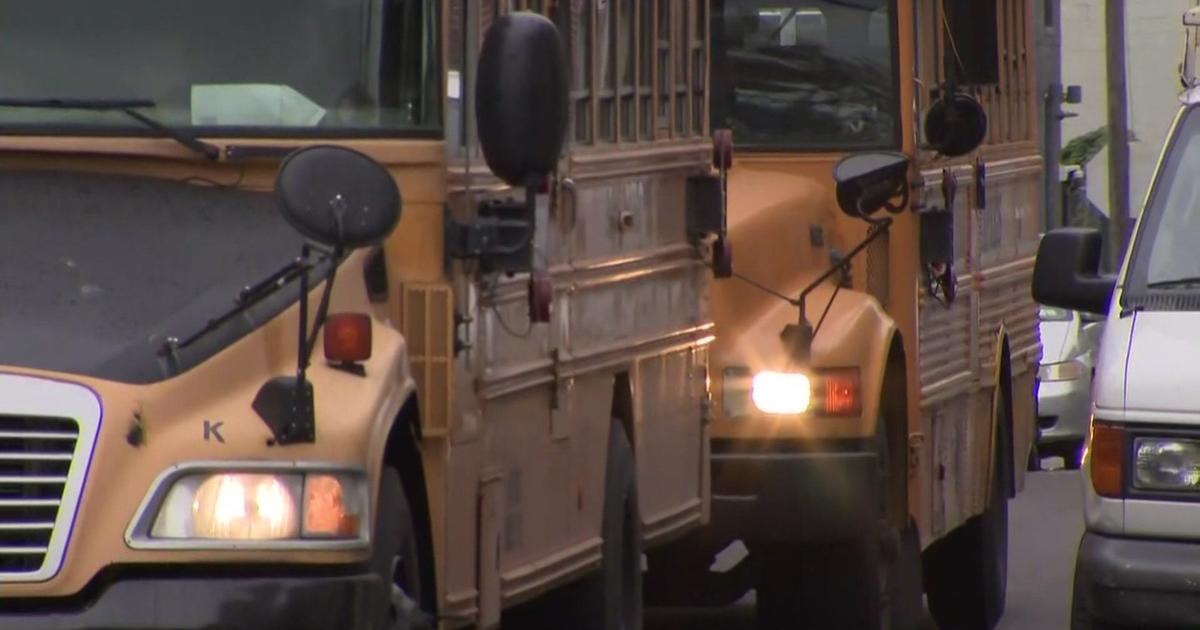What's On Your Ballot? Connecticut Voters To Decide On 2 Proposed Amendments
HARTFORD, Conn. (AP) — The fate of two proposed amendments to the state constitution will be decided Tuesday by Connecticut voters, who will see the questions on their ballots with races for governor, Congress and other offices.
One asks whether to create a so-called lockbox to keep money designated for transportation projects from being spent elsewhere. Another asks whether to place limits on the General Assembly when it attempts to transfer or sell state-owned property to a non-state entity.
SEE: Full coverage of Campaign 2018
Connecticut last had a ballot question in 2014, when voters rejected a proposed amendment that could have allowed early voting.
Some highlights of this year's ballot questions:
TRANSPORTATION LOCKBOX
The concept of protecting money generated from transportation-related taxes and fees has been debated for years in the General Assembly. A coalition of labor organizations, environmental groups and transportation organizations has been pushing for the change.
Lawmakers passed resolutions in 2015 and 2017 that led to the proposed state constitutional amendment appearing on Tuesday's ballot. If voters approve the proposed amendment, the change will become part of the state constitution.
There's been some criticism the lockbox concept would not prevent future raids, but proponents including Democratic Gov. Dannel P. Malloy and Republican Senate Leader Len Fasano argue it's a good start. Fasano has argued the lockbox is needed to bring "predictability and stability" to Connecticut's infrastructure spending, something businesses have been seeking.
"Is this perfect? No. But you can't let the perfect get in the way of the good," Fasano said.
The change would preserve the state's Special Transportation Fund as a permanent fund and require the money be used exclusively for transportation purposes, including paying transportation-related debt.
There's been no real organized opposition to the lockbox amendment.
STATE LAND TRANSFERS
A hotly contested bill that would have allowed private developers to acquire 17 acres of state-owned land in Haddam was the impetus for a proposed constitutional amendment placing limits on the transfer and sale of state-owned property.
Under the so-called Haddam land swap deal, which ultimately fizzled in 2012, the property overlooking the Connecticut River would have been swapped for 87 wooded acres owned by developers.
Environmental and conservation groups have since pushed for a constitutional change that would require a public hearing before any property is transferred to a non-state entity by the General Assembly. If the property is controlled by the state Departments of Agriculture or Energy and Environmental Protection, the legislature would have to approve it by a two-thirds majority in both chambers.
Conservation groups say 270,000 acres of state-owned forests and parks are at risk under the current system, which allows the General Assembly to hand over ownership. Eric Hammerling, executive director of the Connecticut Forest and Park Association, has said any measure short of a constitutional amendment could be circumvented by lawmakers.
There was some opposition to the constitutional amendment during the legislative debate, with some lawmakers warning of unintended consequences by requiring public hearings.
WHERE TO FIND THE QUESTIONS
Some voters will have to turn over their election ballot to find the two questions.
There are 29 cities and towns where there will be two-sided ballots, according to the secretary of the state's office. In some communities, the ballot questions may be on the second side.
Each polling place will have copies of the proposed amendments and an explanation.
(© Copyright 2018 The Associated Press. All Rights Reserved. This material may not be published, broadcast, rewritten or redistributed.)



